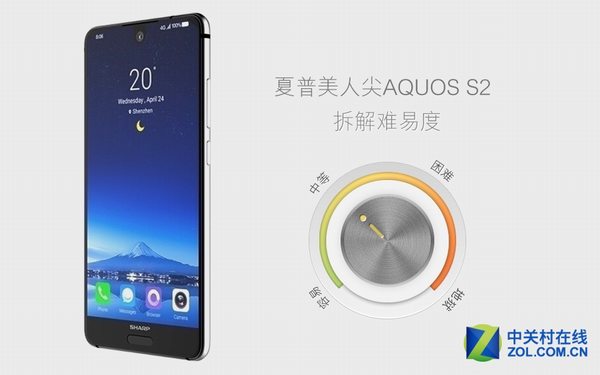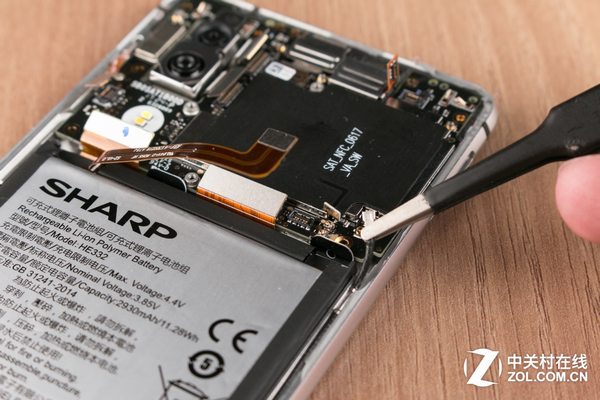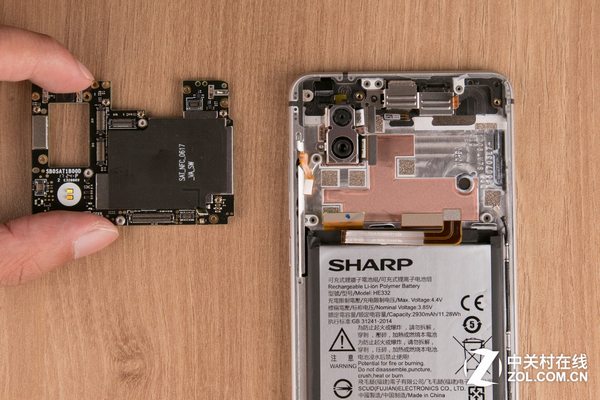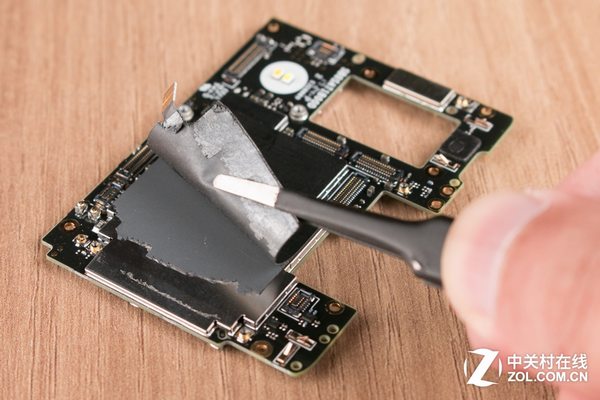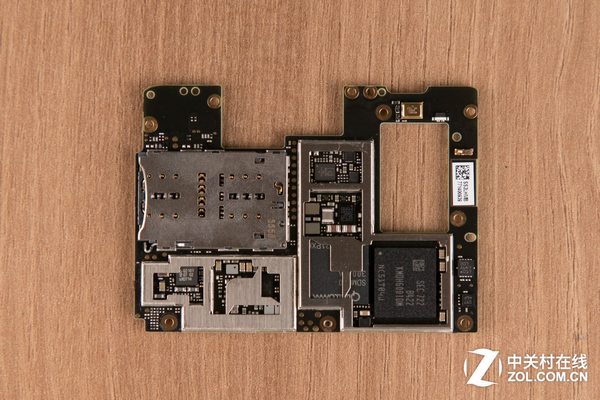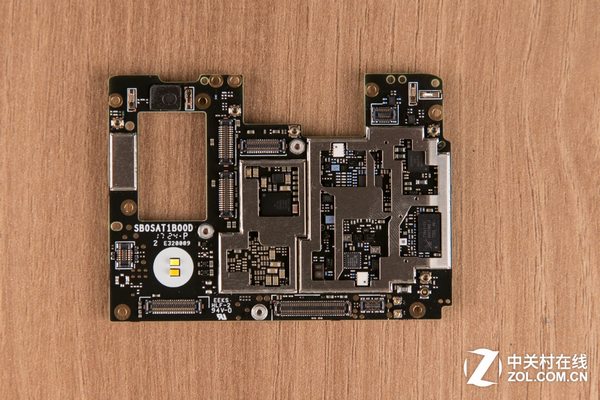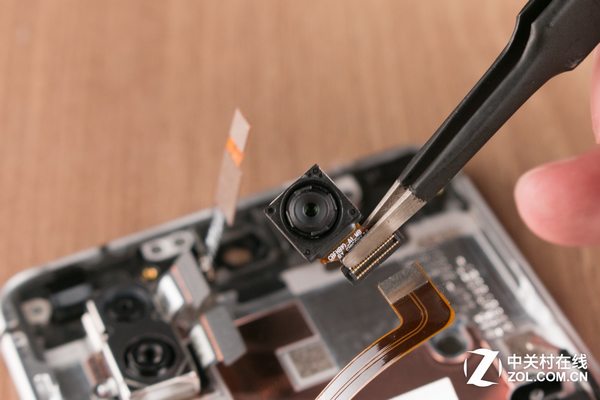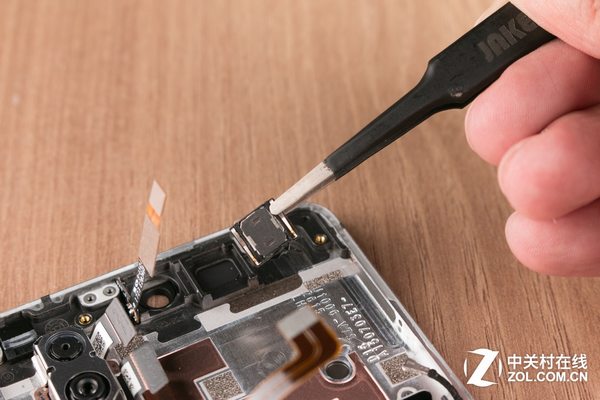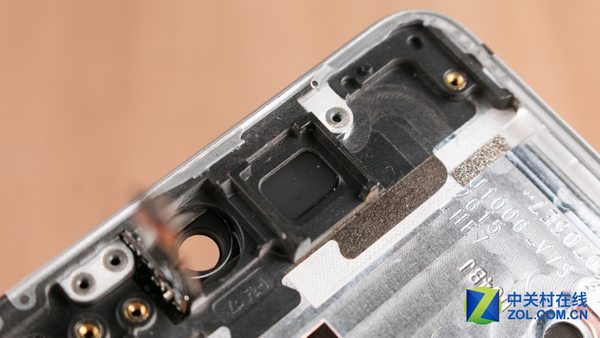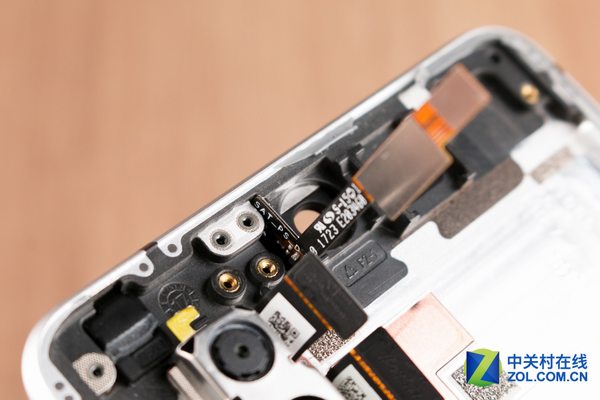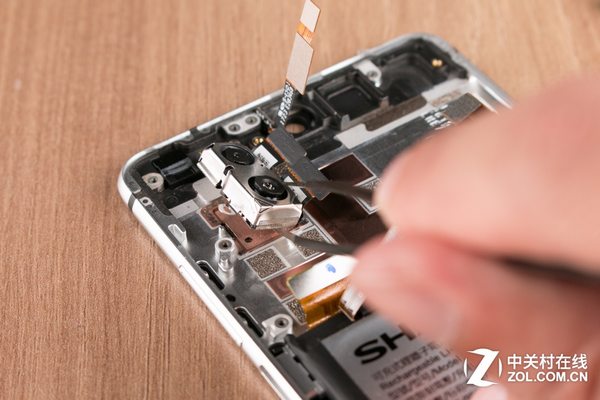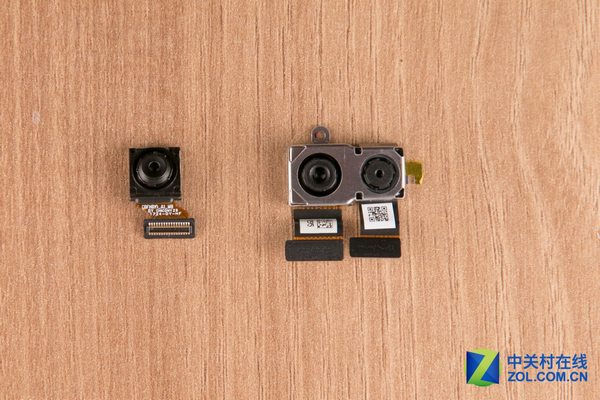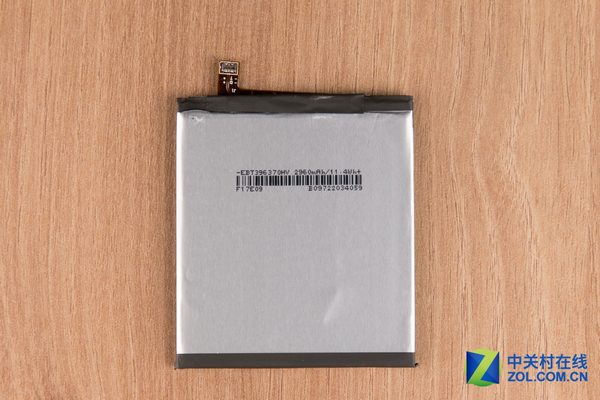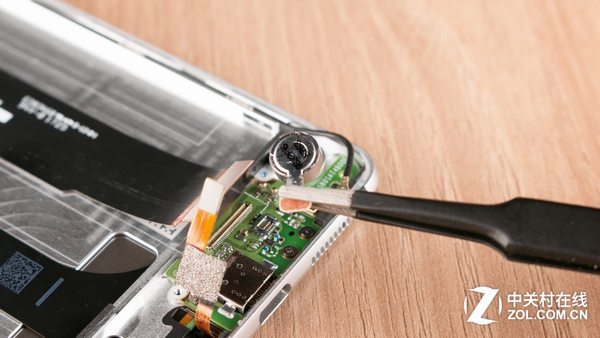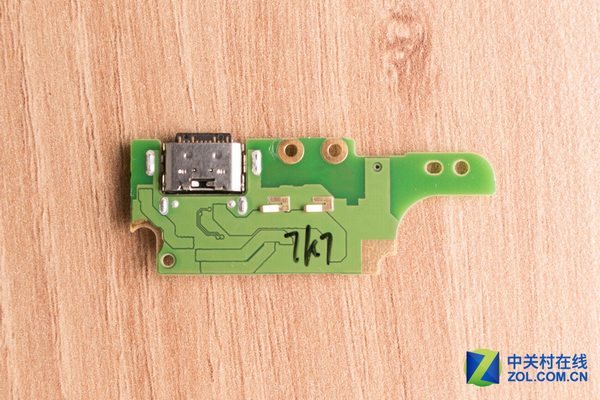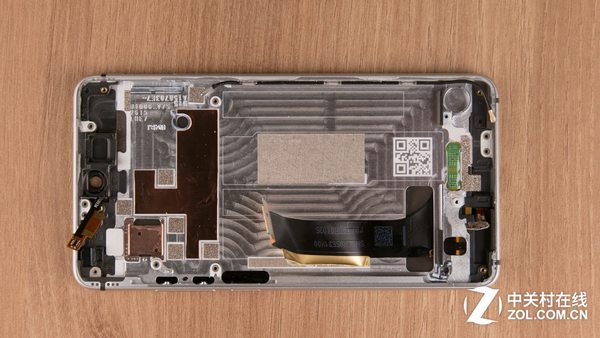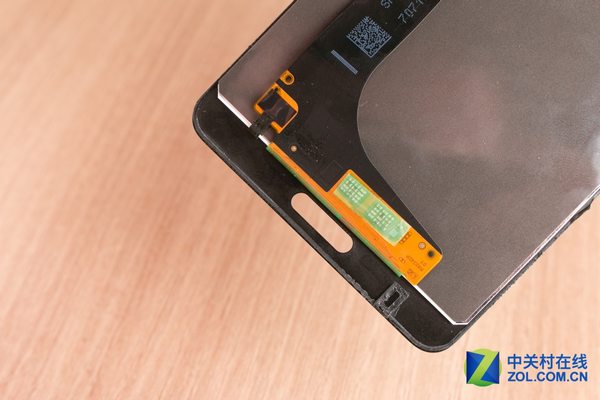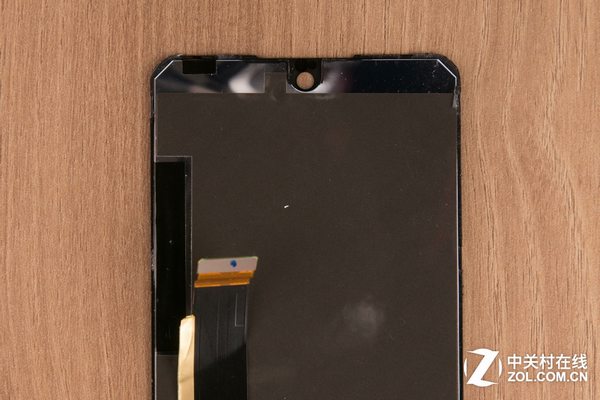Sharp Aquos S2 runs on Android 7.1.1 Nougat and supports a dual-SIM slot. It features a 5.5 inches IPS LCD (Corning Gorilla Glass) 1080 x 2040 display and is powered by the Qualcomm Snapdragon 630/660 octa-core SoC paired with Adreno 512 GPU and 4/6GB of RAM. The phone offers 64GB/128GB of built-in storage.
The Sharp Aquos S2 boasts of a 12MP main snapper at its rear and an 8MP front-facing selfie shooter. There is a Non-removable Li-Ion 3020 mAh battery powering the phone with support for USB Type-C 1.0 reversible connector, USB On-The-Go and Dual SIM (Nano SIM).
For the freshest produce, find us on Facebook for the latest teardown news.
First of all, remove the SIM card tray. The phone supports dual card dual standby, and the card tray can put two Dual SIM cards or a TF card.
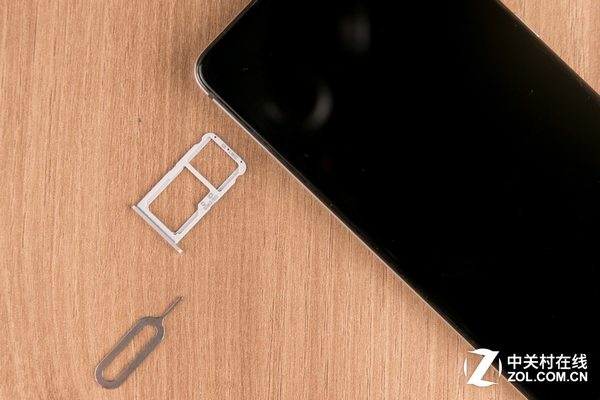
As the fuselage without any screws, so we use the heat up the back cover with a heat gun.
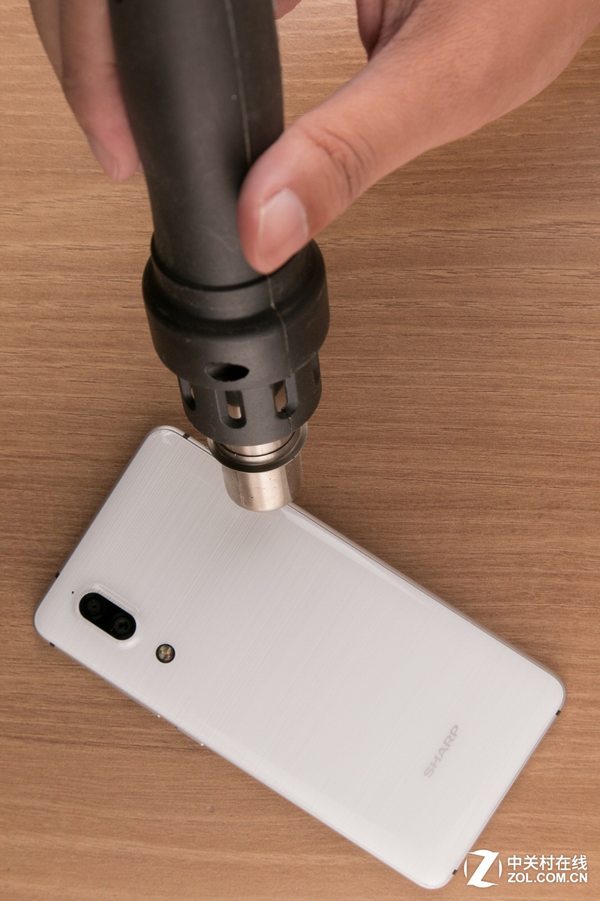
Pry up a little bit with a suction cup, at the same time insert a pick under the back cover.
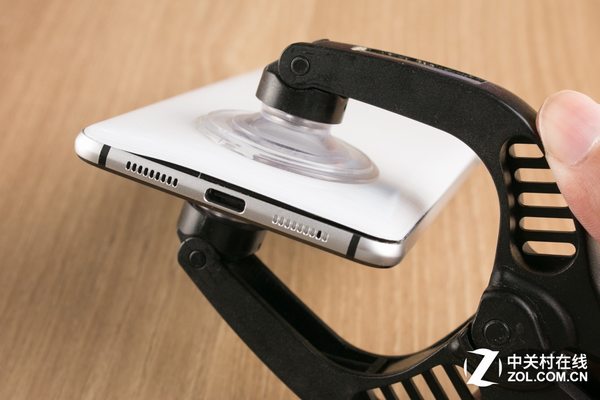
Slide the pick to separate the back cover along the edge.
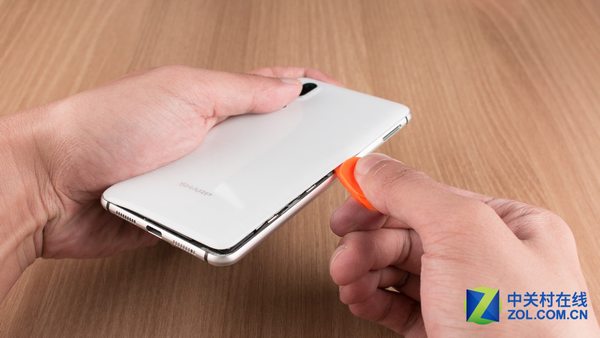
Now the back cover was removed.
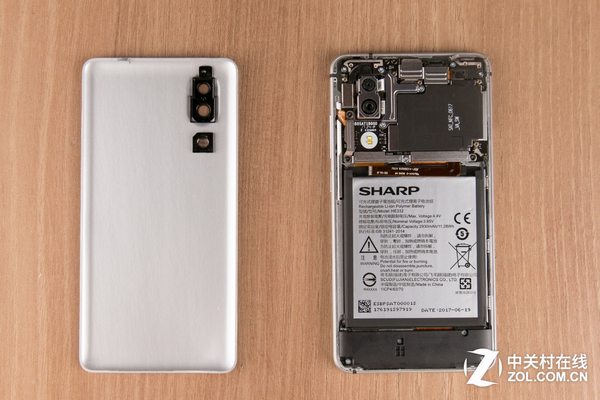
The body with a classic three-stage design, the structure is very compact. All connectors are covered by the metal plate.
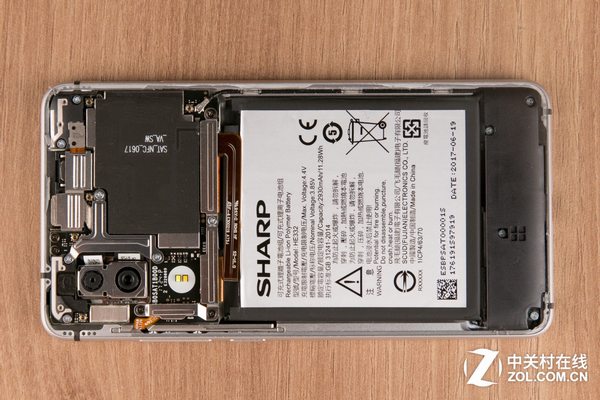
There is no other element on the back cover except the groove of the main camera.
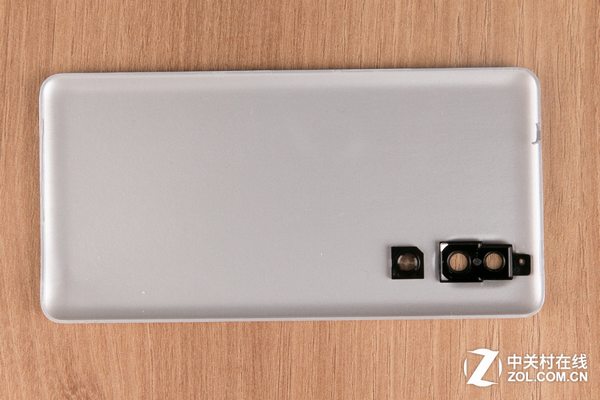
Remove the screws securing the metal plate that securing the battery connector.
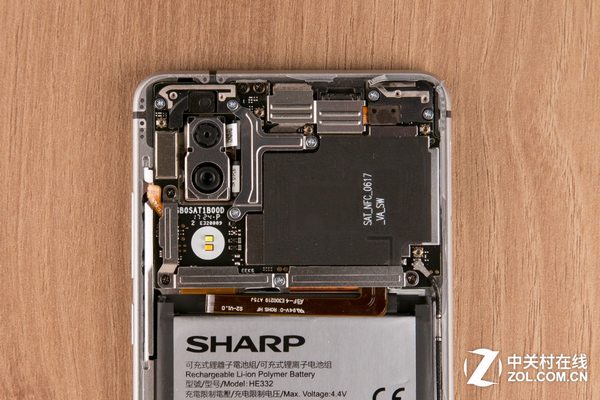
Remove the metal plate with tweezers.
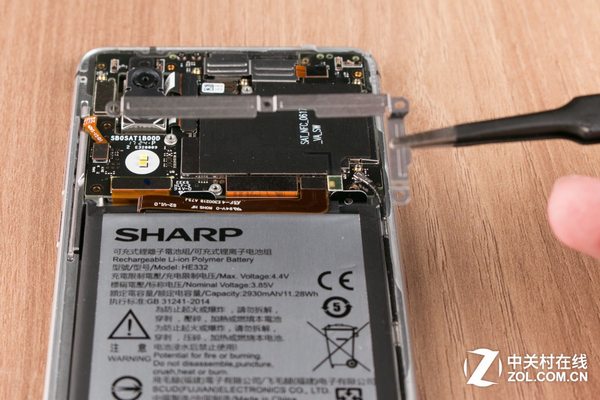
Remove all screws securing the motherboard.
Remove all metal plate and disconnect the connectors.
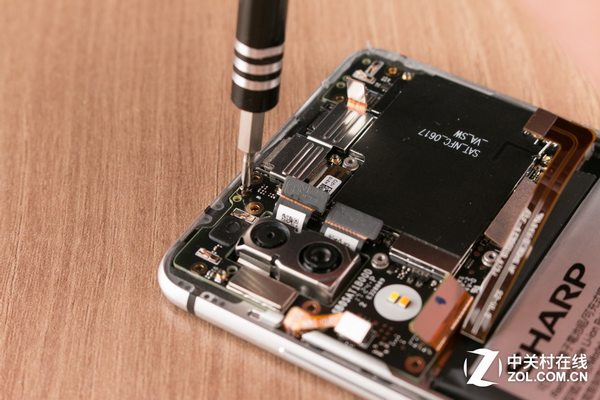
A black NFC antenna is designed on the metal shield on the front of the motherboard.
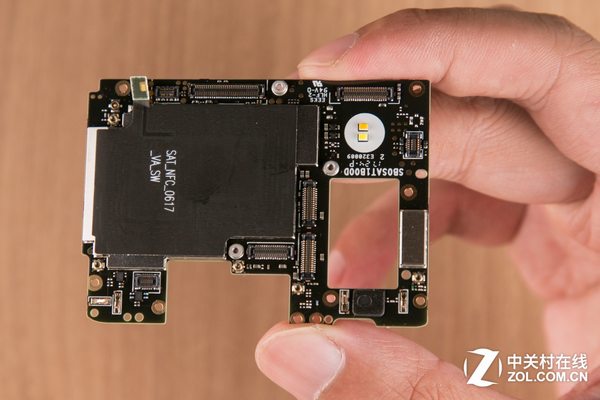
Most of the chips on the back of the motherboard are covered by metal shields.
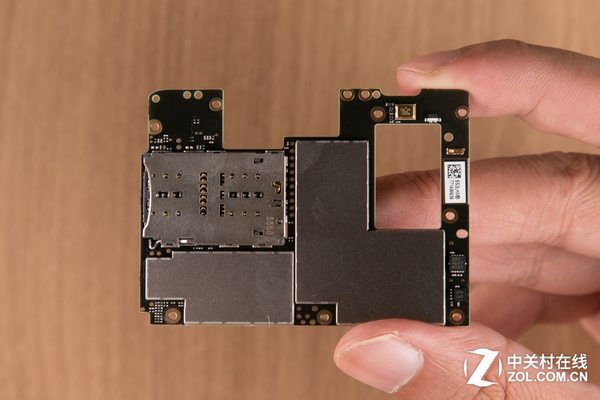
Open the front of the metal shield. You can see the chips on the motherboard, using a very advanced placement process, the density between components is very large.
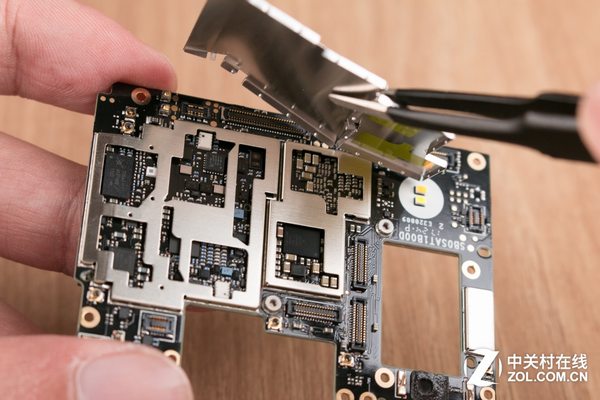
On the back of the motherboard, we found the Qualcomm Snapdragon 630 chips and Samsung’s 64GB flash chips.
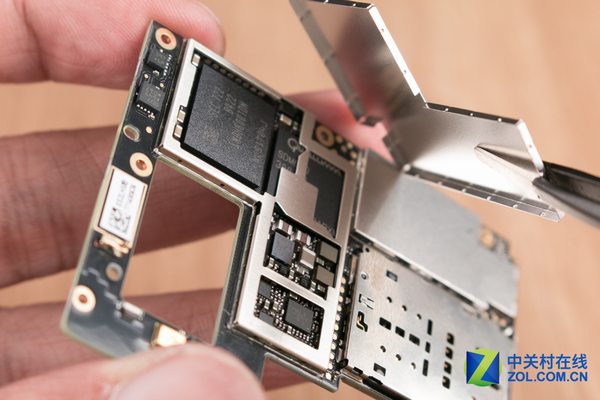
After the motherboard removed, the metal roll cage is exposed. The chip did not apply thermal grease,
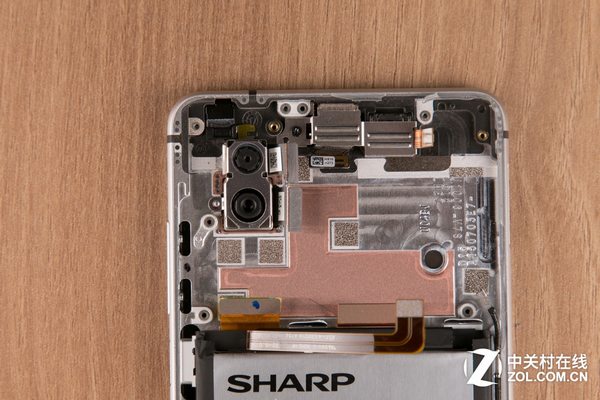
Remove the screws securing the handset and the front camera.
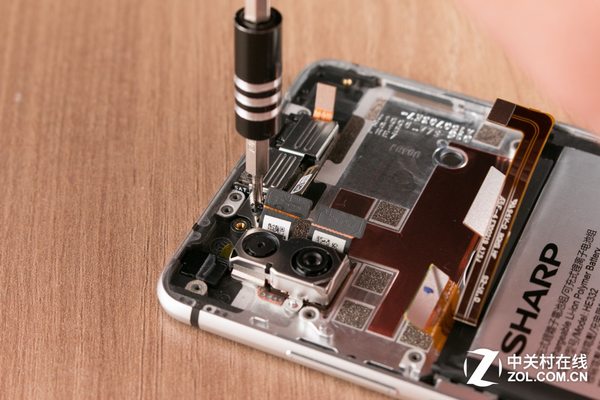
Remove the metal plate. You can see the front camera and the handset.
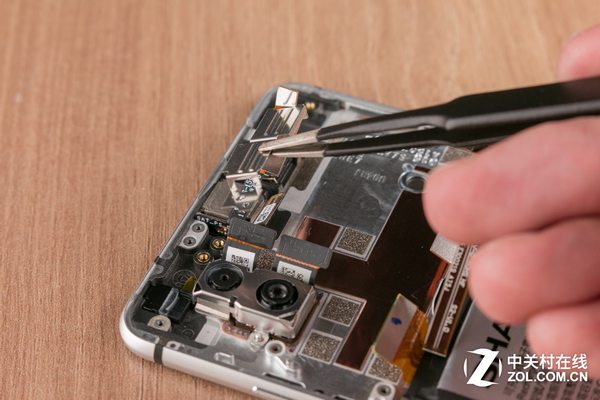
Pull out the glue and remove the battery.
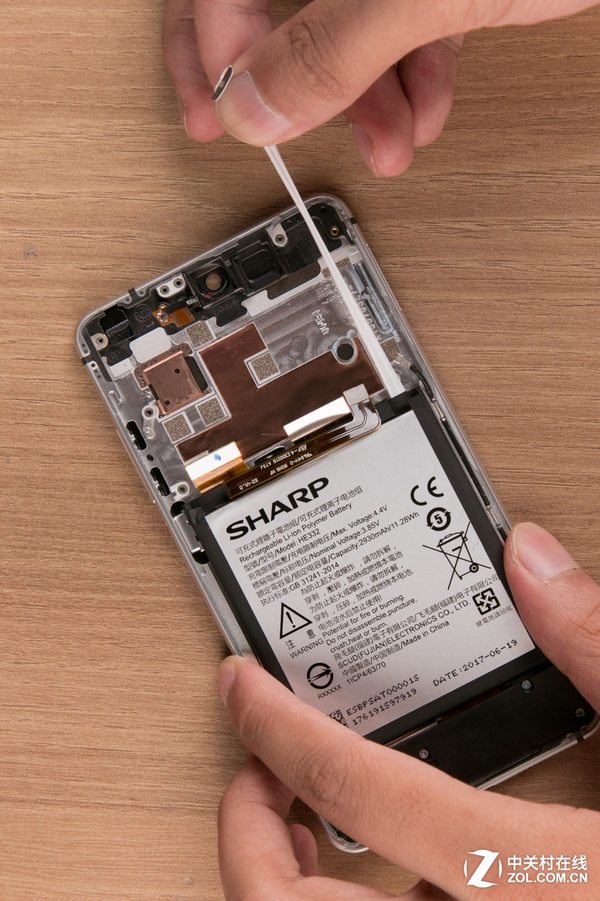
Sharp AQUOS S2 comes with a 3.85V, 2930mAh, 11.28Wh Li-polymer, Sharp P/N: HE332. It is manufactured by SCUD (Fujian) Electronics co., LTD.
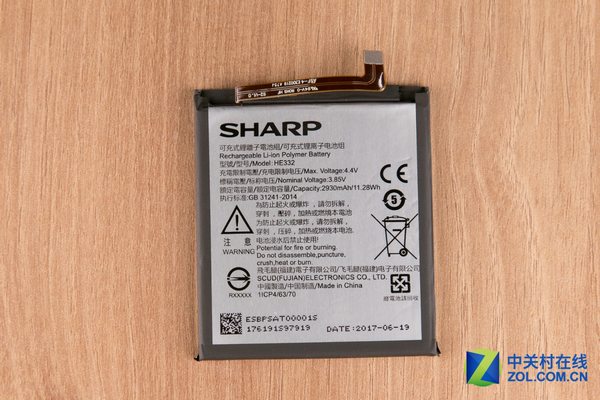
After separating the battery, we began to remove the screws securing the loudspeaker and remove the loudspeaker.
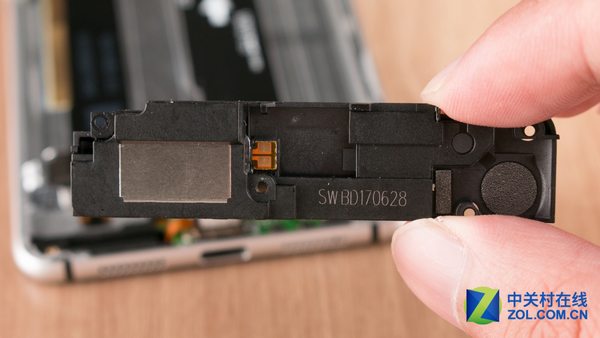
Below the speaker is the PCB board. We first disconnect the Home key connector.
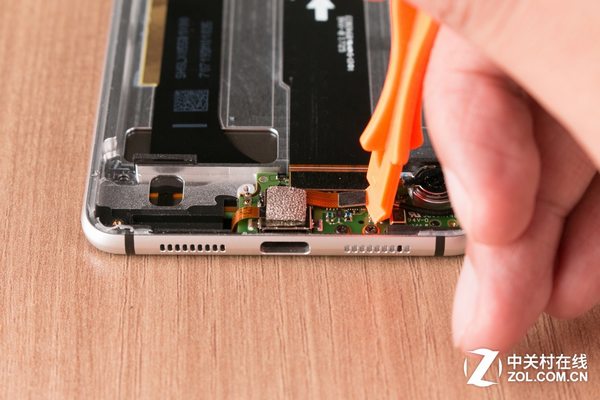
It can be seen that the type-C port is integrated on the bottom PCB.
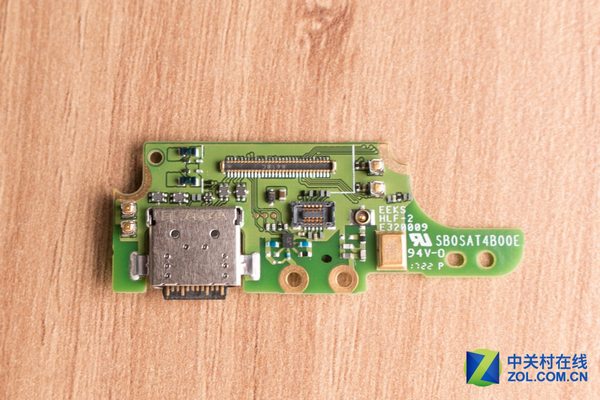
Next, I heat the screen through the hot air gun and then use the same way to dismantle the screen module, this time you can see the corresponding position of the fuselage posted a large area of graphite thermal paste.
The light distance sensor is under the black apron.
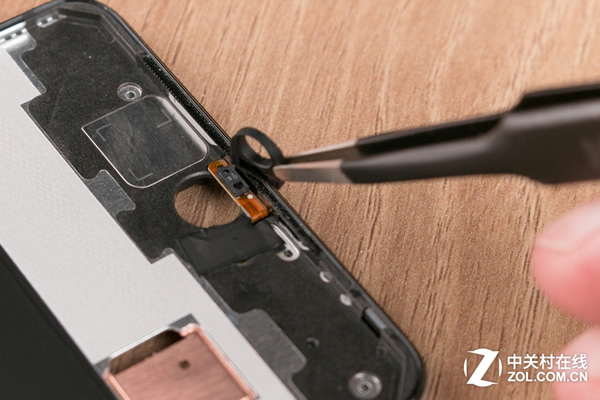
At the corresponding position of the screen, we also see the hole of the light sensor. And we found that the screen dug out from the middle, but did not affect the surrounding pixels display, and had to admire Sharp’s technology.
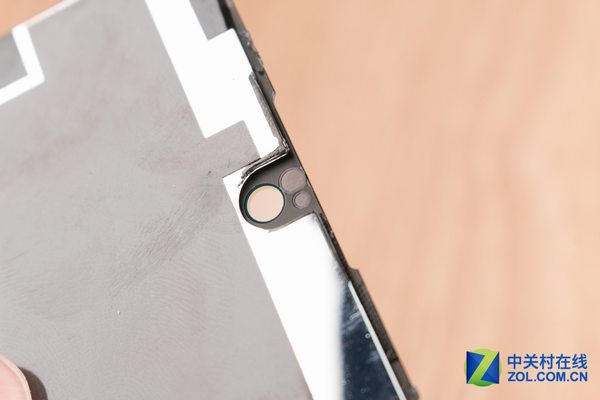
And then look at the corner, and it cuts off the corner of the screen.
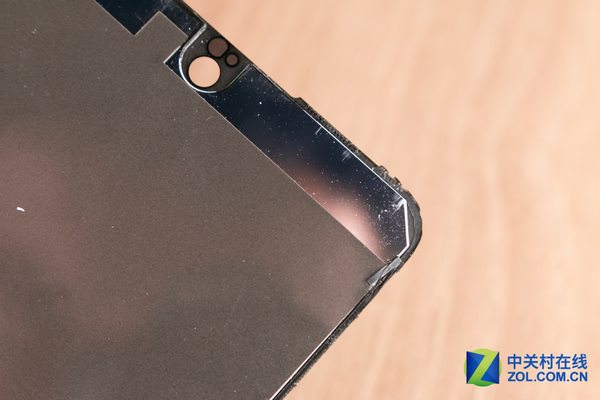
Look at the bottom of the fuselage. We remove the Home key from the screen module.
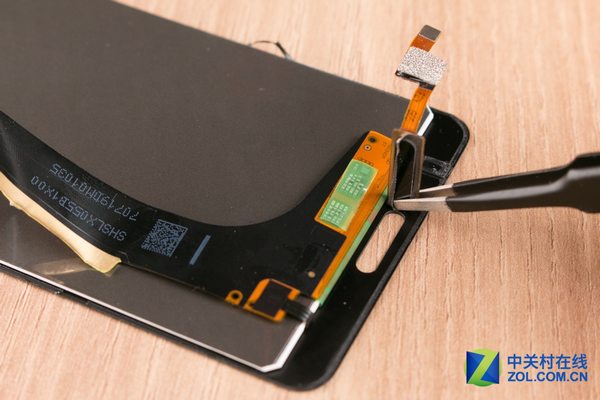
We find that the smartphone’s screen module hasn’t arranged the driver IC on the ribbon cable, which means that screen module need to debug together with the smartphone’s fuselage in the design phase. But ordinary manufacturers can’t do it.

In general, Sharp AQUOS S2 internal workmanship is outstanding. We found the engineers cleverly arrangements for the handset, the light distance sensor and the front camera. So that they can in a limited space to complete their mission, you Know that this is a full-screen mobile phone has been facing one of the most core design problems, and the phone’s internal structure is very compact, the connectors fixed solid enough, corner thickened can resist strong impact. If there is nothing worthy of improvement, I believe that if the chip uses thermal grease to help heat dissipation, and in the open area to enhance the sealing design will enable this phone’s workmanship rise to a new level.
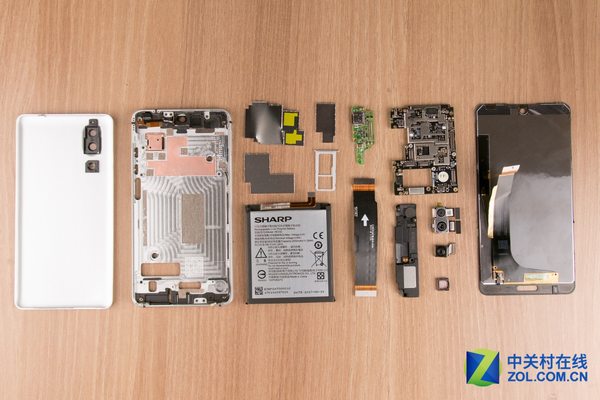
For more smartphone teardowns, please visit our teardown categories.

